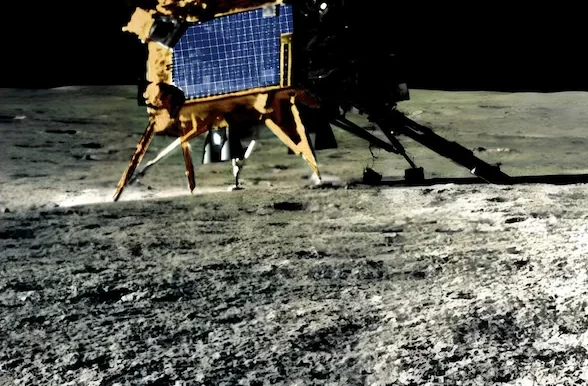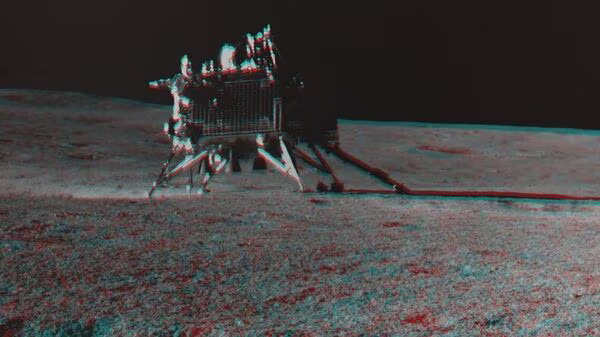Chandrayaan-3 is India’s third lunar mission. The mission was launched on July 13, 2023, and successfully landed on the Moon on August 23, 2023. The lander and rover were placed in sleep mode on August 5, 2023, to survive the lunar night. On September 22, 2023, the Sun rose over the landing site, and ISRO began sending signals to the lander and rover. However, as of September 23, 2023, no signals have been received. ISRO has said that it will continue its efforts to communicate with the lander and rover.
ISRO’s efforts to communicate with Chandrayaan-3
ISRO is using a variety of methods to try to communicate with Chandrayaan-3. One method is to send radio signals to the lander and rover. ISRO is also using a technique called radar to try to detect the lander and rover. Radar works by sending out a pulse of radio waves and then listening for the echo. If the lander and rover are still functioning, they will reflect the radio waves back to ISRO.
Challenges of communicating with Chandrayaan-3
There are a number of challenges that ISRO faces in communicating with Chandrayaan-3. One challenge is that the lander and rover are located on the far side of the Moon. This means that the signals from ISRO have to travel a long distance to reach the lander and rover. Additionally, the lunar environment is very harsh. The extreme temperatures and radiation can damage electronic equipment.

What happens if ISRO cannot communicate with Chandrayaan-3?
If ISRO is unable to communicate with Chandrayaan-3, the mission will be considered a failure. However, even if the mission is declared a failure, ISRO will still be able to learn from its experience. The data that was collected by the lander and rover before they went into sleep mode will be valuable to ISRO for future missions.
Implications of the Chandrayaan-3 mission
The Chandrayaan-3 mission is important for a number of reasons. First, it is a demonstration of India’s growing space capabilities. Second, the mission will collect valuable scientific data about the Moon. Third, the mission could help to pave the way for future human missions to the Moon.
Also read: PM Vishwakarma Yojana: A New Lease of Life for the People’s
Additional challenges and considerations
In addition to the challenges mentioned above, ISRO is also facing the challenge of time. The lunar night lasts for approximately two weeks, so ISRO only has a limited window of time to communicate with the lander and rover. Additionally, ISRO is also considering the possibility that the lander and rover may have been damaged during the landing. If this is the case, it may be impossible to reestablish communication with them.
Despite the challenges, ISRO is determined to continue its efforts to communicate with Chandrayaan-3. The mission is a testament to India’s growing space capabilities, and the data that is collected from the mission will be valuable to the scientific community. The Chandrayaan-3 mission is a bold undertaking, and ISRO should be commended for its efforts.
Additional information
The Chandrayaan-3 mission is carrying a number of scientific instruments, including:
- A lunar terrain imager
- A high-resolution camera
- A spectrometer
- A laser altimeter
- A soft X-ray spectrometer
These instruments will be used to study the lunar surface, atmosphere, and composition. The data collected from the mission will help to answer questions about the origin and evolution of the Moon, as well as its potential resources.
The Chandrayaan-3 mission is a significant milestone for India’s space program. The mission demonstrates India’s ability to develop and launch complex spacecraft, and it also contributes to the global scientific understanding of the Moon.

